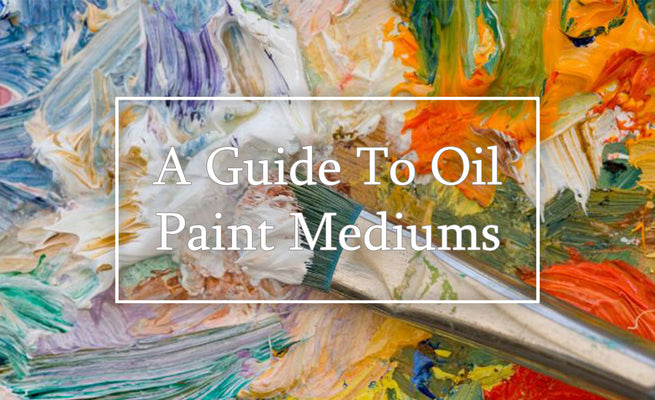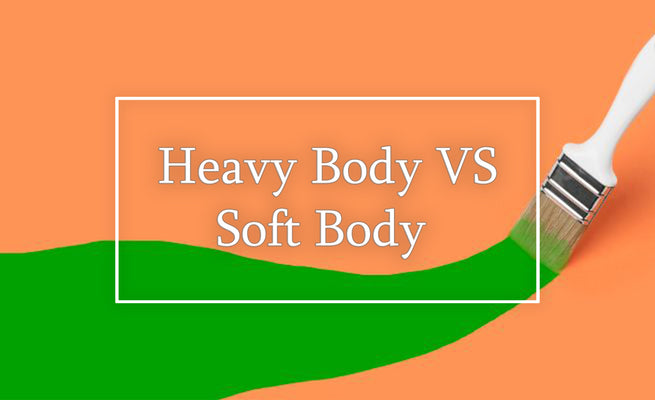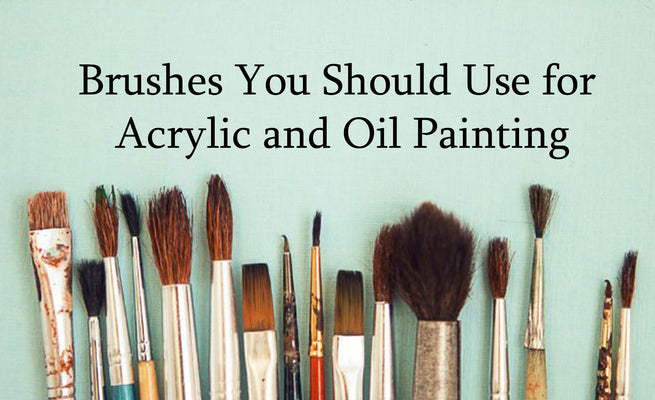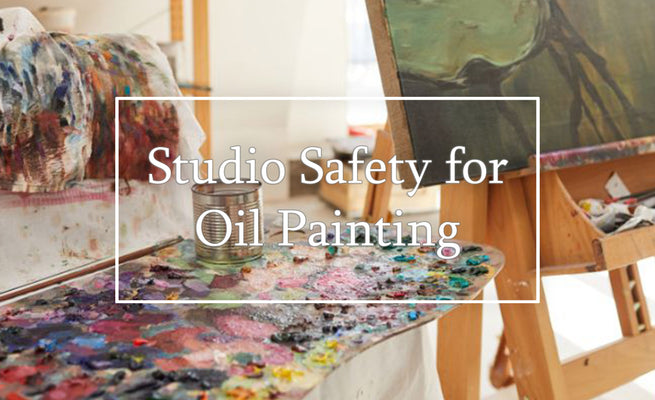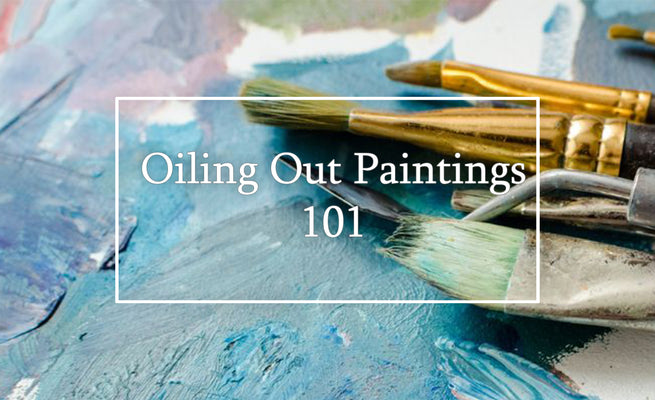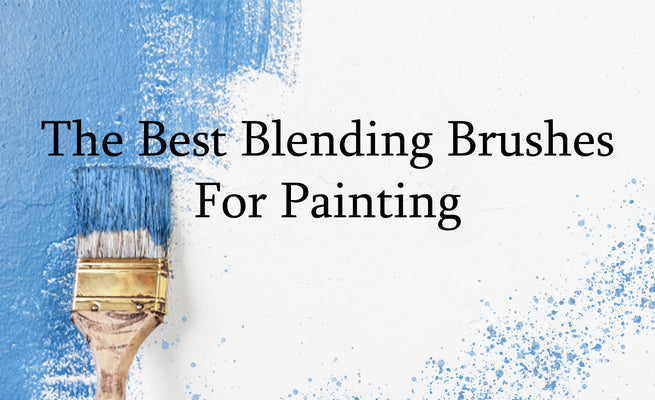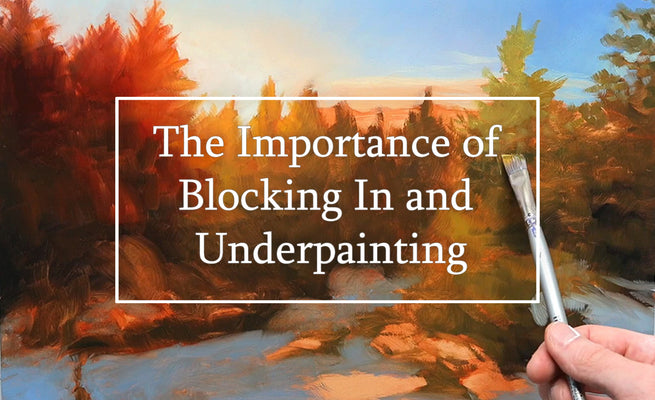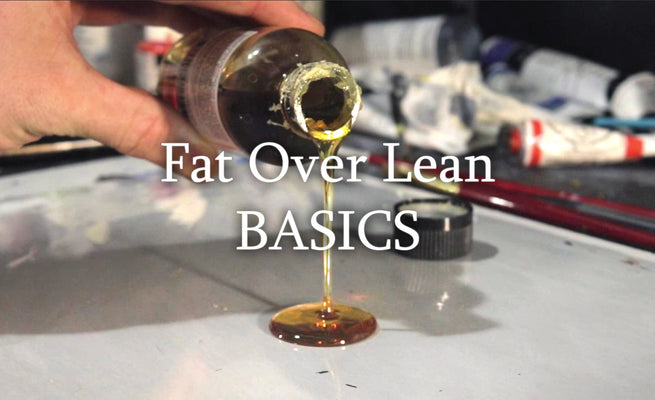Whether you're looking to create smooth, even layers, or textured, impasto effects, there's a palette knife that can help you achieve your desired look. In this article, we will take a closer look at the different styles of palette knives available, what each shape is used for, and any additional tips. Whether you're a seasoned artist or just starting out, incorporating palette knives into your painting process can be a fun and exciting way to expand your work.

What are palette knives?
Palette knives are essential tools in painting that consist of a handle and a flat, flexible blade. They are typically made of metal and come in various shapes and sizes. Artists use palette knives to mix, apply, and manipulate paint on the palette or directly on the painting's surface, allowing for different textures, impasto effects, or even precise techniques in their artwork.
What types of palette knives are there?
There are various types of palette knives used in painting. The most common ones include the spatula palette knife, the trowel-shaped palette knife, and the offset palette knife. These knives are typically made of flexible stainless steel and have different blade shapes and sizes, allowing artists to create a variety of effects and textures in their paintings. But, let's dive in further.. To get started, we'll go over the shapes and sizes of knives available and what they're for.
One of the most commonly used palette knives is the spatula shape. This knife has a straight edge that is perfect for mixing paint on the palette and creating smooth, even layers on the canvas. The flat shape also makes it easy to spread paint over large areas, making it a great tool for background work.
Another popular palette knife shape is the trowel shape. This knife has a wider, flatter blade than the spatula, and is ideal for applying thick, textured paint. The trowel shape is also great for creating impasto effects, which is when the paint is applied in a thick, layered manner.
The palette knife with a pointed tip, also known as the scraper shape, is great for making fine details and lines. This shape is often used for detailed work such as creating hair, fur, or other textured effects.
The fan shape is a versatile palette knife that can be used for a variety of techniques. The fan shape is great for blending and smoothing paint, as well as creating textured effects. It's also used to create a variety of brushstrokes, from wide and sweeping to fine and detailed.

The next one is the curved blade which is great for creating curved lines and shapes. It's also good for creating textured effects and blending paint.
The forked tip is great for creating fine details and lines. It can also be used to create a variety of brushstrokes, from wide and sweeping to fine and detailed.
The comb shape is great for creating textured effects and for removing paint from the canvas.
The offset shape (or angled), which has a curved handle that allows for greater control and precision when painting.
The serrated edge, which is great for creating a textured effect or for removing paint from the canvas.
The wave shape, that can be used for creating unique textured effects and for blending paint.
The canvas scraper, that is used for scraping, lifting and removing paint from the canvas.
Depending on the brand, there may be variations and new shapes that come out from time to time. Some artists even make their own custom palette knives by modifying or repurposing other tools. The possibilities are endless, and the key is to experiment and find the right tools that work for you and your style.

Using Palette Knives: Tips and Advice
When deciding which palette knives to purchase, it's important to consider what you'll be doing, but it's mostly a lot of trial and error to see what you like best. If you're working on large canvases and need to cover a lot of surface area quickly, a spatula or trowel shape palette knife might be a good choice. For more detailed work, a knife with a pointed tip or a fan shape can be more useful. It's also worth getting a set with a variety of shapes and sizes, so you can have options to choose from depending on the project.
Here are a few basic tips for getting started with incorporating palette knives into your paintings:
- Practice using your palette knives on scrap paper or canvas before applying them to your work. This will help you become more familiar with the different shapes and how they handle with the paint you're using.
- Experiment with different techniques and see how the different shapes affect the paint and the final outcome.
- Don't be afraid to use your palette knives in unexpected ways. Sometimes, using a tool in a way it wasn't designed for can lead to interesting and unique effects. There's no right or wrong way to use knives in your process, so have fun with it and play around with ways they could potentially be used.
- Clean your palette knives after each use. Palette knives can become encrusted with paint, making them difficult to use. If you forget to clean them, use a razor blade to scrap off the dried paint.
- Find the right palette knife for your color mixing process and always use it for mixing rather than your paintbrush. Palette knives can save your brushes from fraying and wearing out, so use them first whenever you can.
-
Use the right amount of pressure so that the paint doesn't become overworked. On the other hand, applying too little pressure can result in weak, uneven coverage. Finding the right amount of pressure for your technique and style will take some practice, but it's ultimately what determines how well they'll work for you.
-
Work wet into wet If you're using a palette knife to blend colors. This will allow you to create smooth, seamless transitions between each color. This creates harmony in your painting overall.
-
Use the right consistency of paint for the right technique you are attempting to execute. Too thick, and the paint may become difficult to spread or blend. Too thin, and the paint may run or lose its shape. Experimenting with different consistencies of paint will help you find what works best for you.
Remember, as with any artistic tool, your personal preferences and practices will play an important role in which palette knives will work best for you. Palette knives are an essential tool for adding new dimensions to your paintings. With a variety of shapes and sizes to choose from, there's a palette knife for every technique and style.

Painting is an individual endeavor and only you can decide what's right for you as an artist, so don't be afraid to experiment with different shapes and techniques in order to find the palette knives that provide unique and dimensional aspects to your artwork.



